Tibet Travel Guide
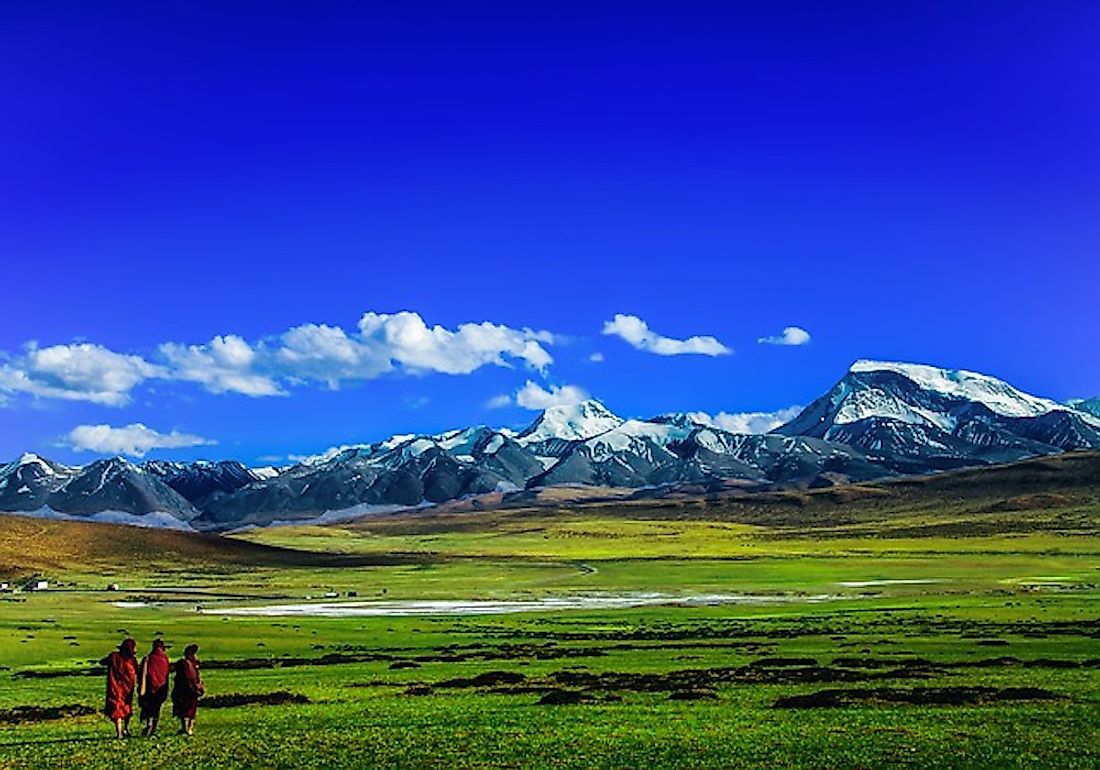
Tibet is an autonomous region in the People’s Republic of China. Its capital is at Lhasa. Located on the highly-elevated Tibetan plateau, it is the world’s highest region, sometimes referred to as the "roof of the world" or the "earth’s third pole". The average elevation measures more than 4,000 meters (13,123 feet). After breaking away from the Qing Dynasty in 1911 until the year 1950, Tibet was a de-facto independent nation before being claimed by China, of which it has been a part of since. However, as Tibet operates as its own Autonomous Region, the methods for visiting Tibet are quite different than those entailed when visiting China. It is not unusual for Tibet to occasionally be closed to all foreign travellers by ruling of the Chinese government. Below is a guide intended to help those interested in visiting Tibet, which offers amazing experiences but can be hard to navigate due to these special restrictions.
4. Why Go?
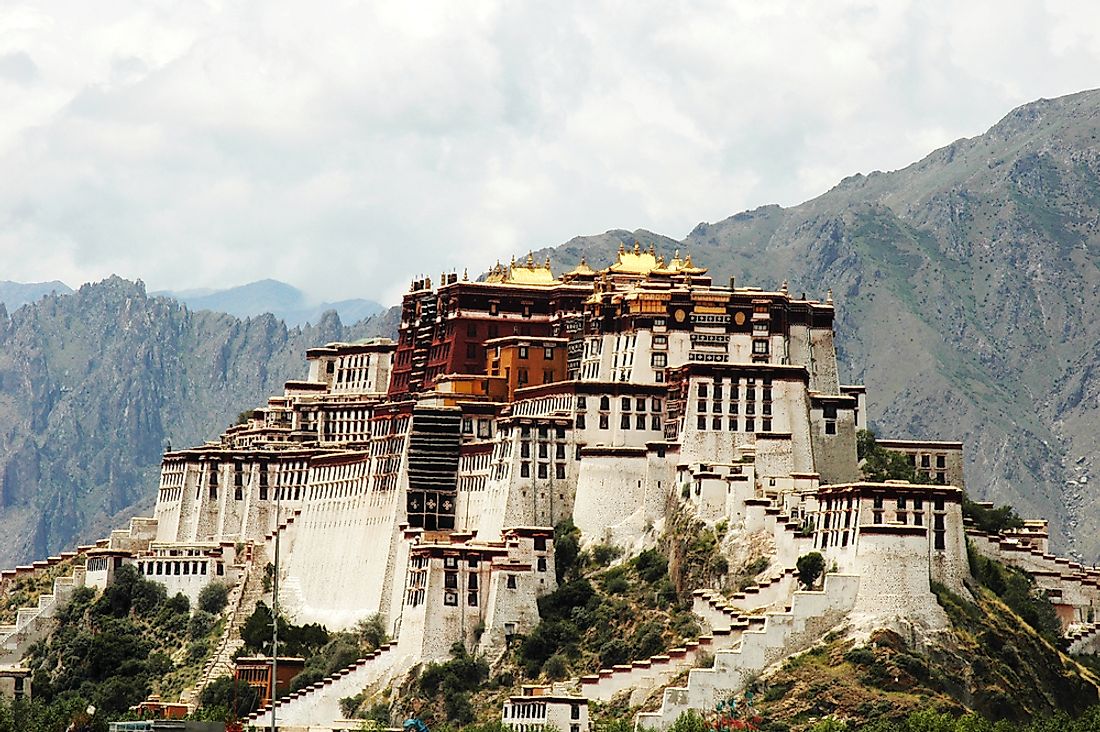
Tourism to Tibet revolves around its landscape, religious sites, traditions, culture, and festivals. Tibet is home to Mount Everest, the world’s highest mountain which it shares with Nepal. Some notable tourist sites include Potala Palace, which is a Tibetan UNESCO World Heritage Site, and residence to the Dalai Lama built in the 7th century. The palace is an important symbol of Tibetan Buddhism and its ancient administrative role. The last Dalai Lama resided in the palace until 1959 when he was forced to flee to India during the Tibetan uprising. The palace consists of unique architecture with a white and red palace and similarly distinct furnishings related to Buddhist cultures and traditions. The palace is a leading tourist destination within Tibet for pilgrims and those open to exploring the Buddhist practices and appreciating their history.
At an altitude of 29,029ft, Everest is the tallest mountain in the world located within the Himalayan range. The mountain is a famous tourist attraction for mountain climbers and hikers. Everest poses challenges to most climbers due to the strong winds, avalanches and altitude sickness. Before climbing the mountains, tourists are advised to move in teams in case of accidents and to carry enough oxygen to make it to the summit. Natural disasters may lead to restrictions in mountain climbing. Therefore, tourists need to check with their travel agencies to confirm accessibility. The Tibet Museum is an important cultural center with collections of artifacts and materials such as official documents, books, and seals related to Tibetan culture and history. Some artifacts are as old as 50,000 years including stone tools, bone and metal objects used by ancient Tibetan civilization. The museum structure itself is an architectural attraction with its blend of traditional and modern architecture. The Tibetan cultural artifacts displayed within the museum include paintings, sculptures, masks, medicine, astronomy musical instruments, and calendars. Other famous attractions include the Jokhang Temple, Norbulingka, Sera Monastery, and Yarlong Tsangpo River, Heavenly Lake Namtso, the Tashilhunpo monastery and the Baksum Tao Lake. Cultural festivals attracting tourists include the Tibetan New Year, the Monlam Prayer Festival, the Saga Dawa Festival and the Shoton Festival.
3. Special Requirements
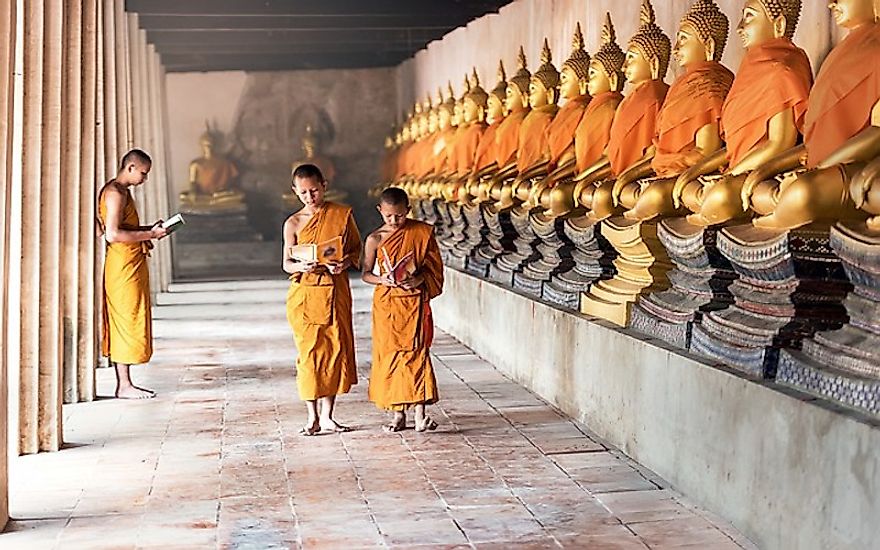
Tibet has strict regulations for foreigners (defined by anyone with a passport that is non-Chinese) including the acquisition of special travel documents, restrictions on individual tours, and exemption of certain professionals such as journalists, diplomats, and government ministers. There are also areas that are restricted to all visitors regardlesss. Special traveling documents required by foreigners include a Chinese visa and passport, a Tibet Entry Permit, an Aliens’ Travel Permit, or a Military Permit. Acquisition of these documents requires tourists to book a tour with an authorized Chinese travel agency. These organizations help applicants in the application of permits from the local tourism bureau. Citizens of Macau and Hong Kong who have SAR passport do not necessarily need a Tibet Travel Permit. When applying for travel documents, it is important for tourists to decide on the period they want their tour to last, as it is illegal to stay in Tibet after the expiration of the permit’s validity period. For ease of application for permits and special documents, it is advisable for tourists not to indicate Tibet as their destination to increase the chances of successful applications.
2. Climate
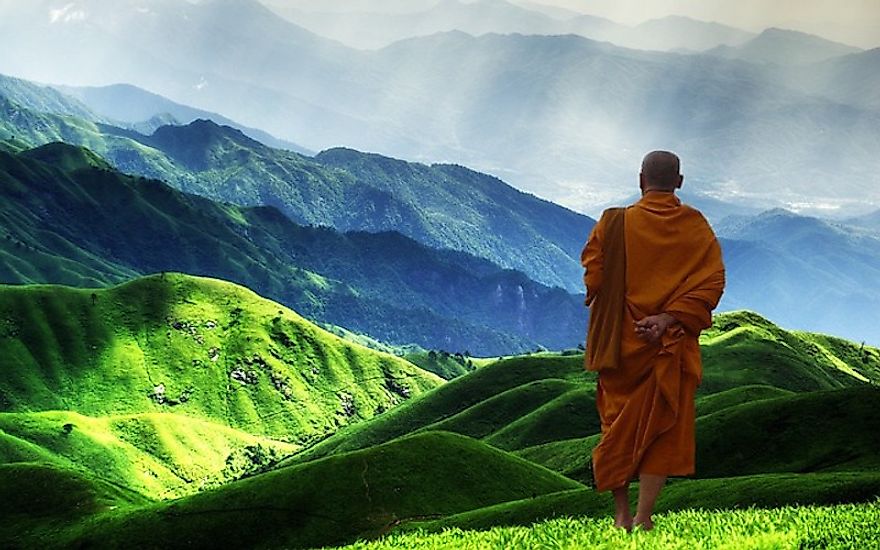
Tibet has a harsh climate with cool summers and extremely cold winters. Its high elevation exposes Tibet to very intense solar radiation. Months between December and February are the coldest. Therefore, April and October during summer and autumn is the optimal time to visit Tibet. July and August experience periods of intense sunshine and warm temperatures and are considered great times to enjoy Tibet’s beautiful scenery and experience the thrill of the festive events during this time. Winters are the worst times to visit Tibet due to heavy snow and frequent landslides which prompt the closure of some roads, especially in the Kham and Western Sichuan regions. The location of Tibet in an active seismic zone exposes Tibet to frequent earthquakes of high magnitudes, especially in the Chayu, Bomi-Medog-Miri, Purang, Rutog, Tsona and Damshung-Lhasa zones. Sometimes, the strong earthquakes leave some areas such as those around the Everest unstable and are therefore closed from tourist activities. Rainfall during summer nights often triggers landslides causing disruptions.
1. Safety
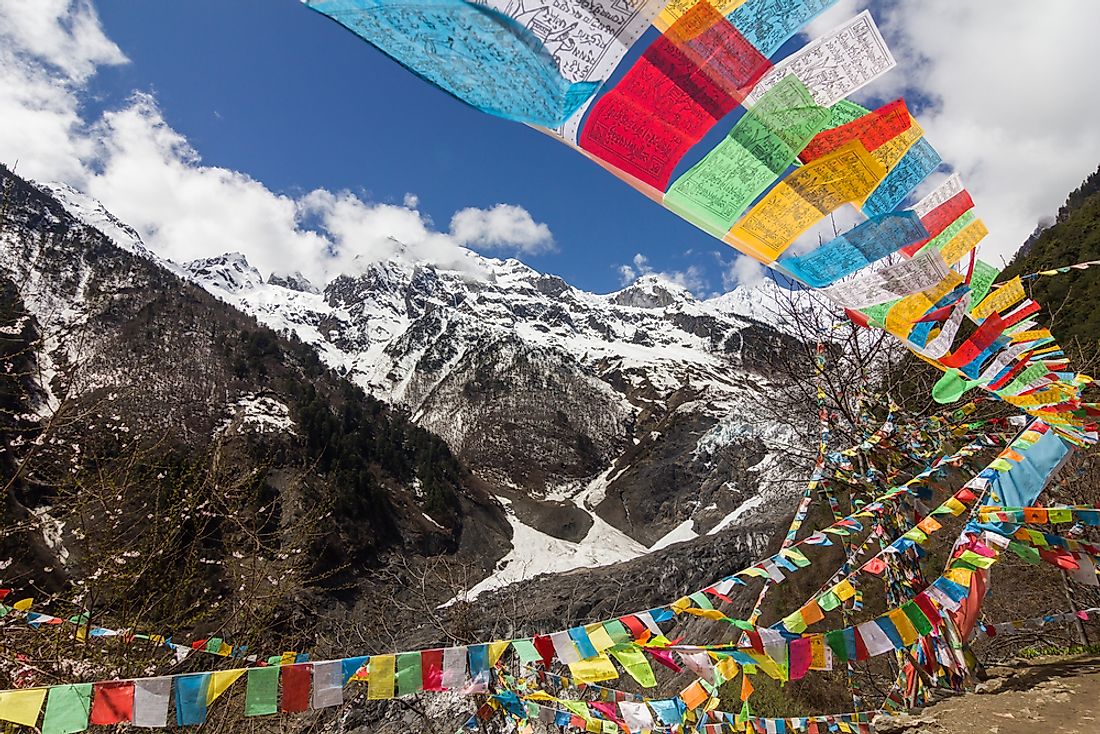
While travel to Tibet is generally safe, just like anywhere else tourists are encouraged to be mindful of petty criminals. It is advisable for the visitors to avoid going out at night and to be careful while in crowded areas. Visible indicators of wealth or carrying large amounts of money are discouraged. For personal safety, travelers should carry first aid kits, appropriate warm clothing sunscreen and sunblock, and medication for attitudinal sickness. Visitors should carry all their official and traveling documents at all times to avoid unwarranted arrests. The documents serve as identification documents and proof of legal entry into Tibet. These documents are necessary for securing accommodation in most facilities. Tourists have to be in the company of their guides during visits to various places in Tibet in order to be allowed access. During times which are deemed as threatening by the government, tourists are expected to be with their guides at all times. While in Tibet, tourists should be careful to abide by cultural norms and taboos. Such practices expected of visitors include walking clockwise around shrines or religious monuments, using low tones while near religious areas, refraining from spitting in public or public display of affection, respect of religious objects and decent dressing (shorts are discouraged).







